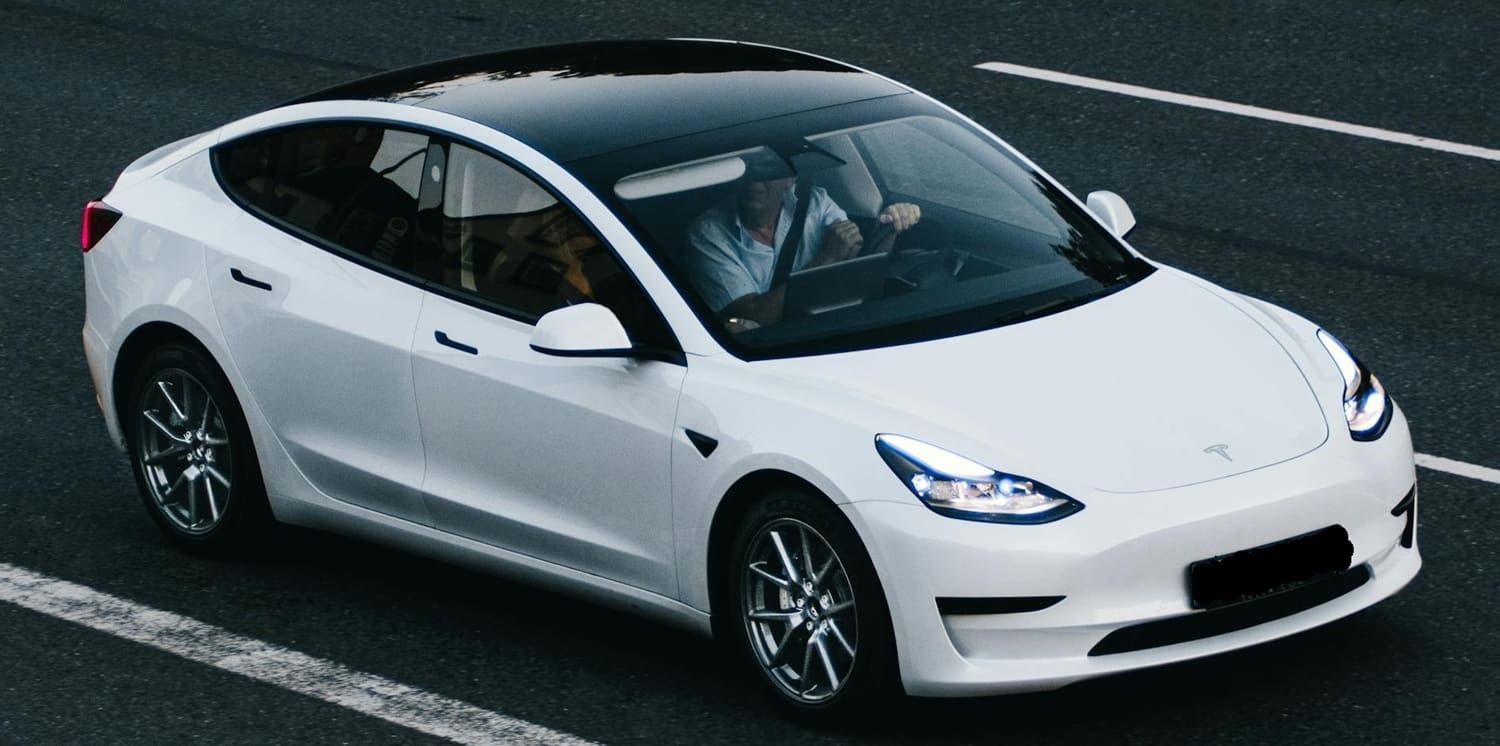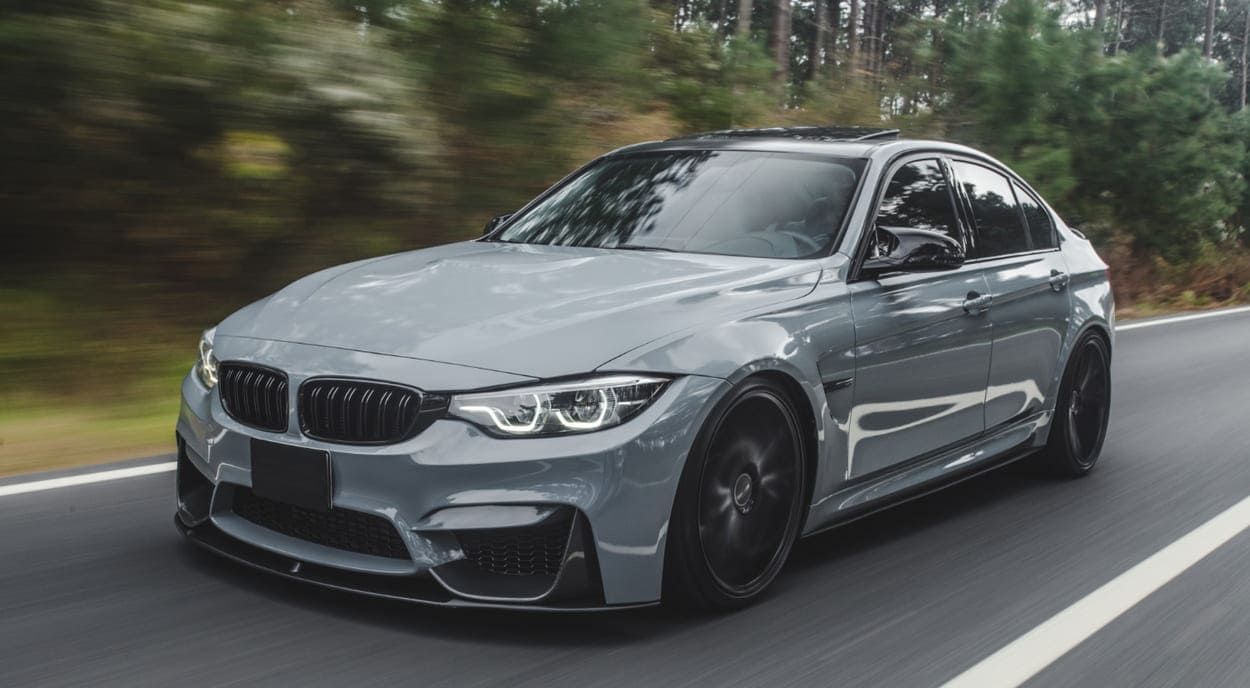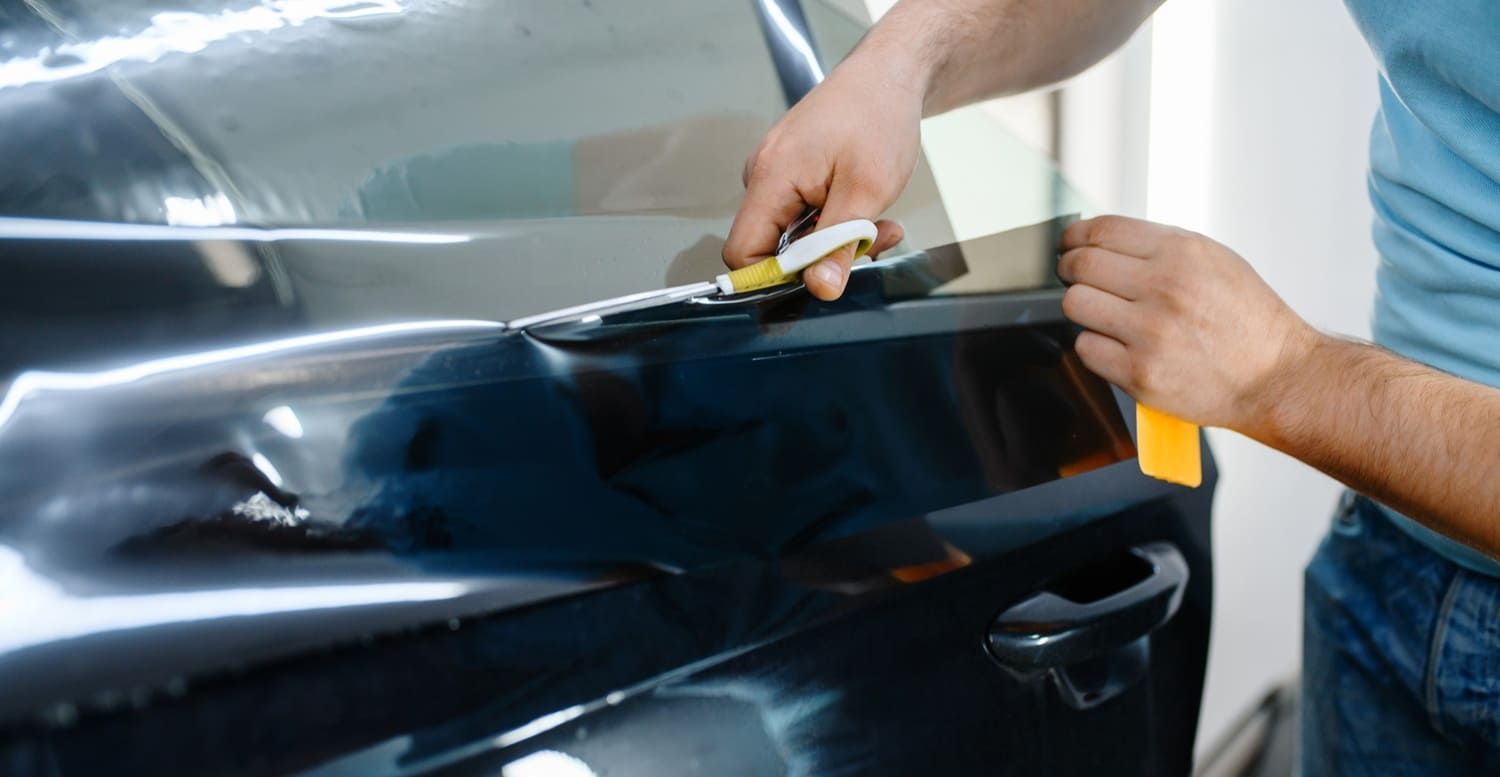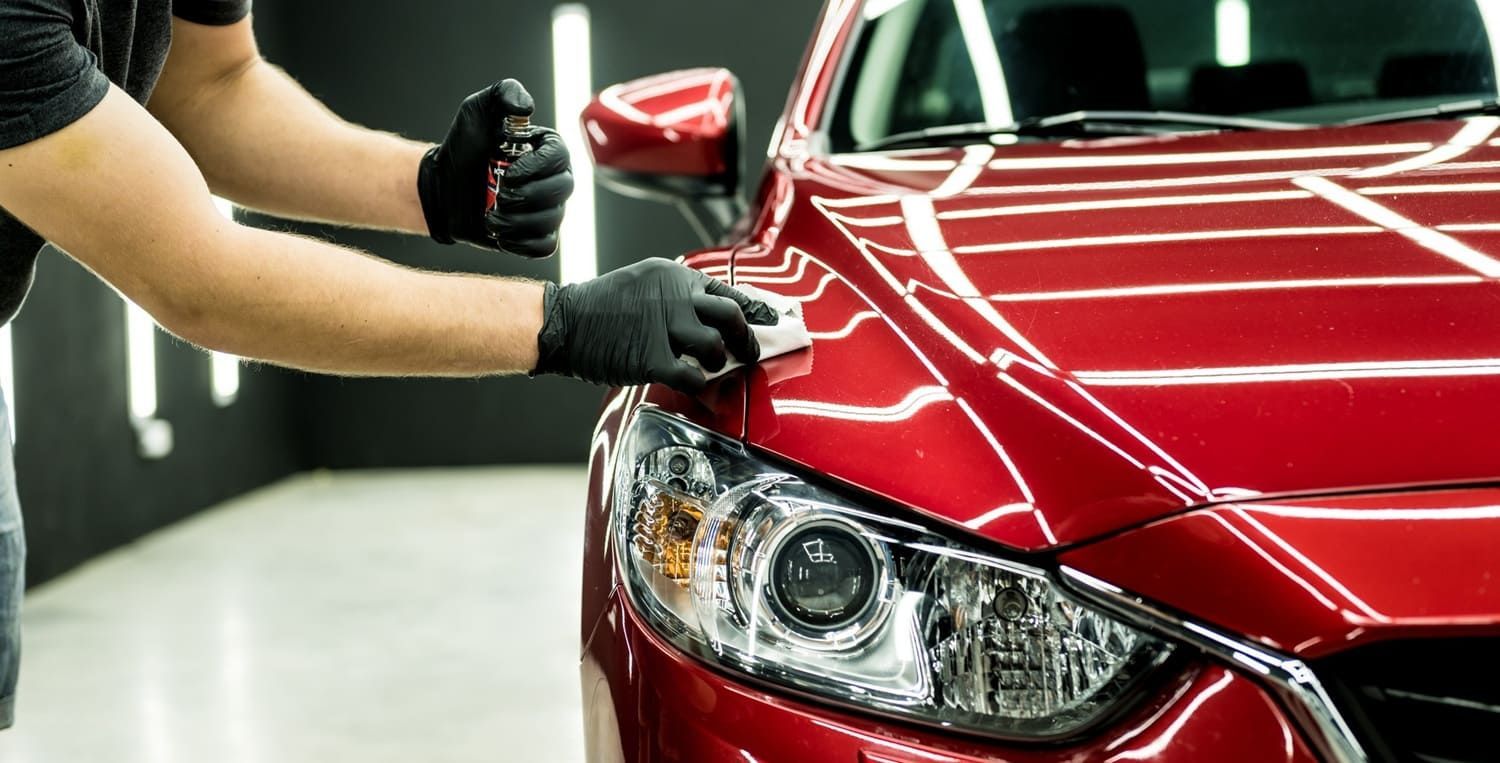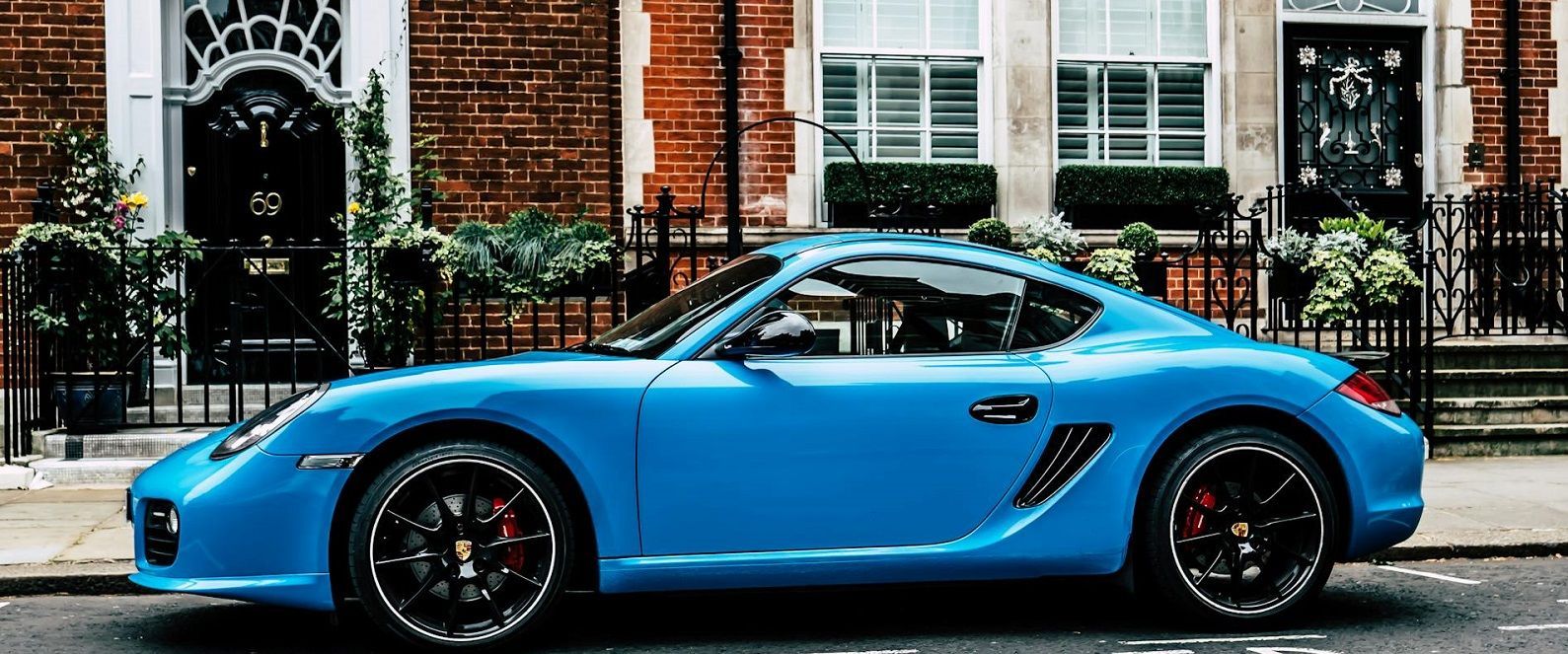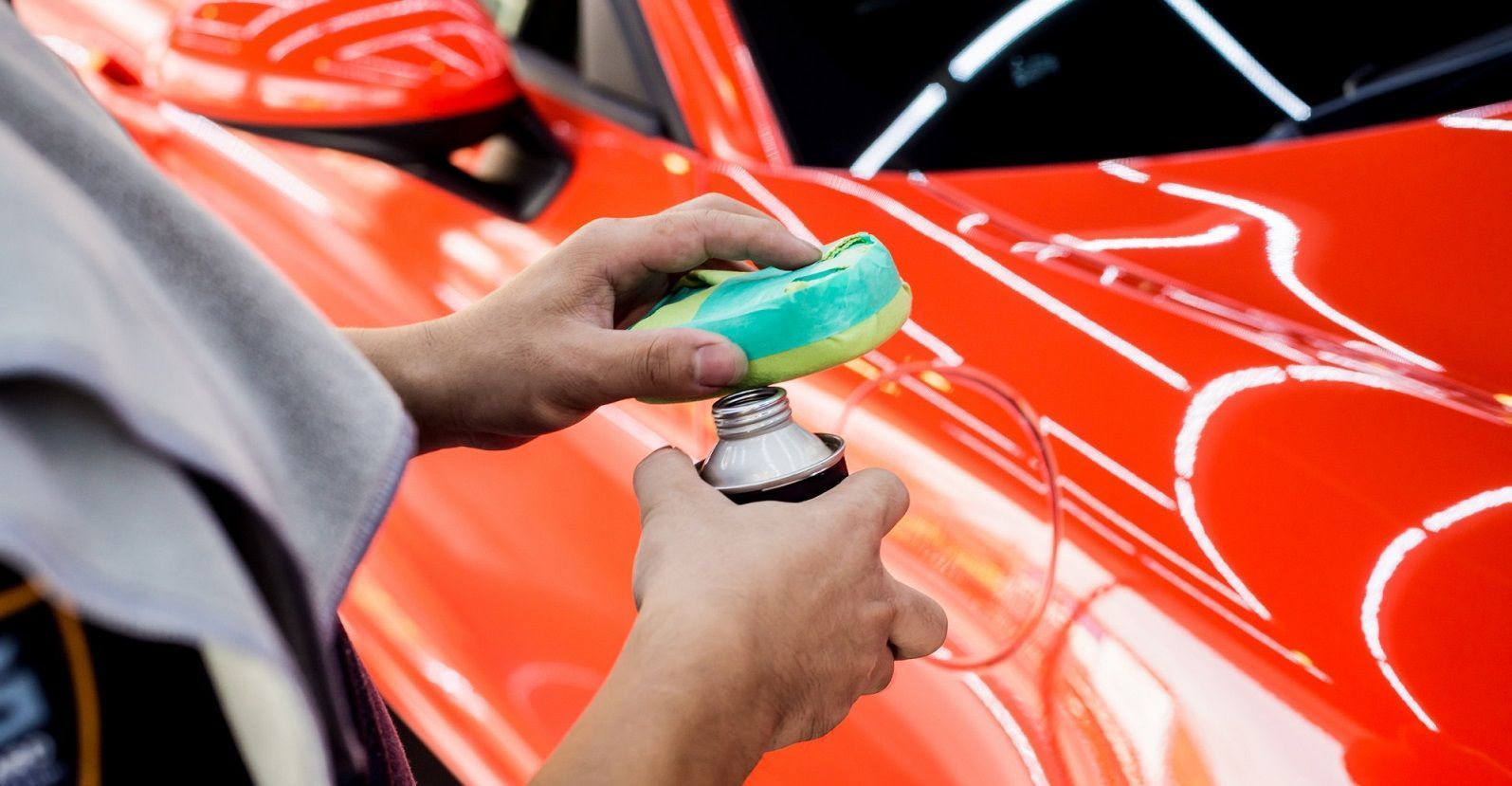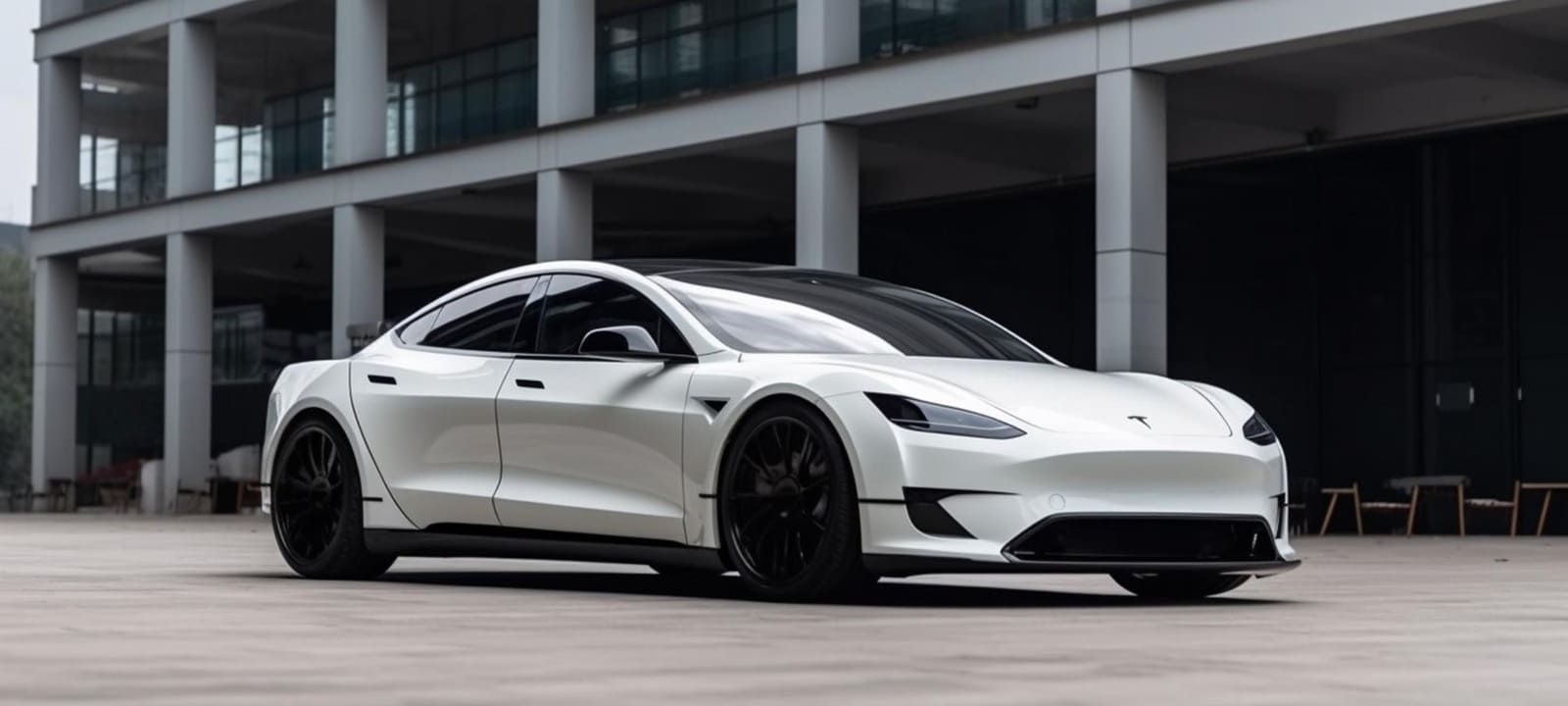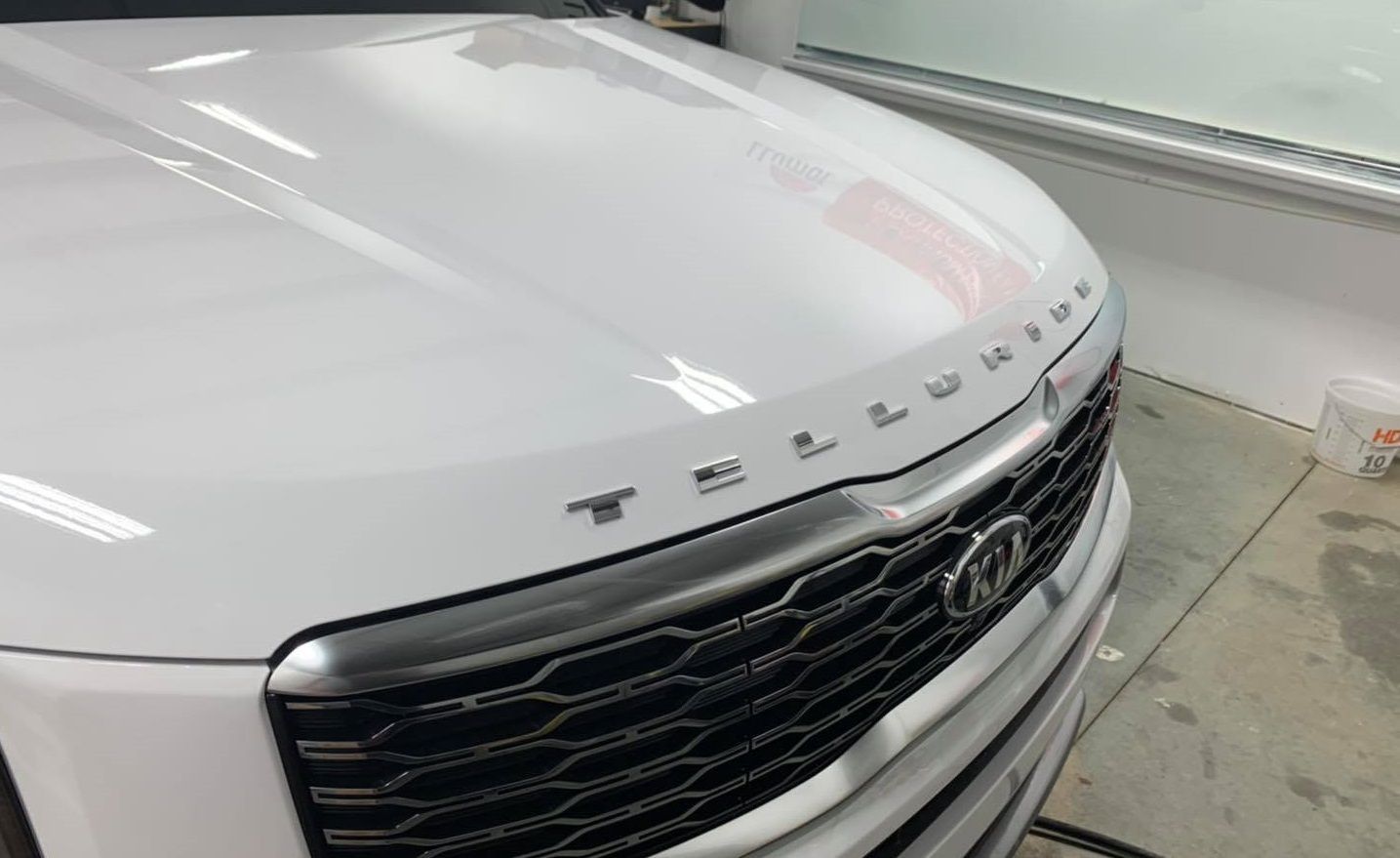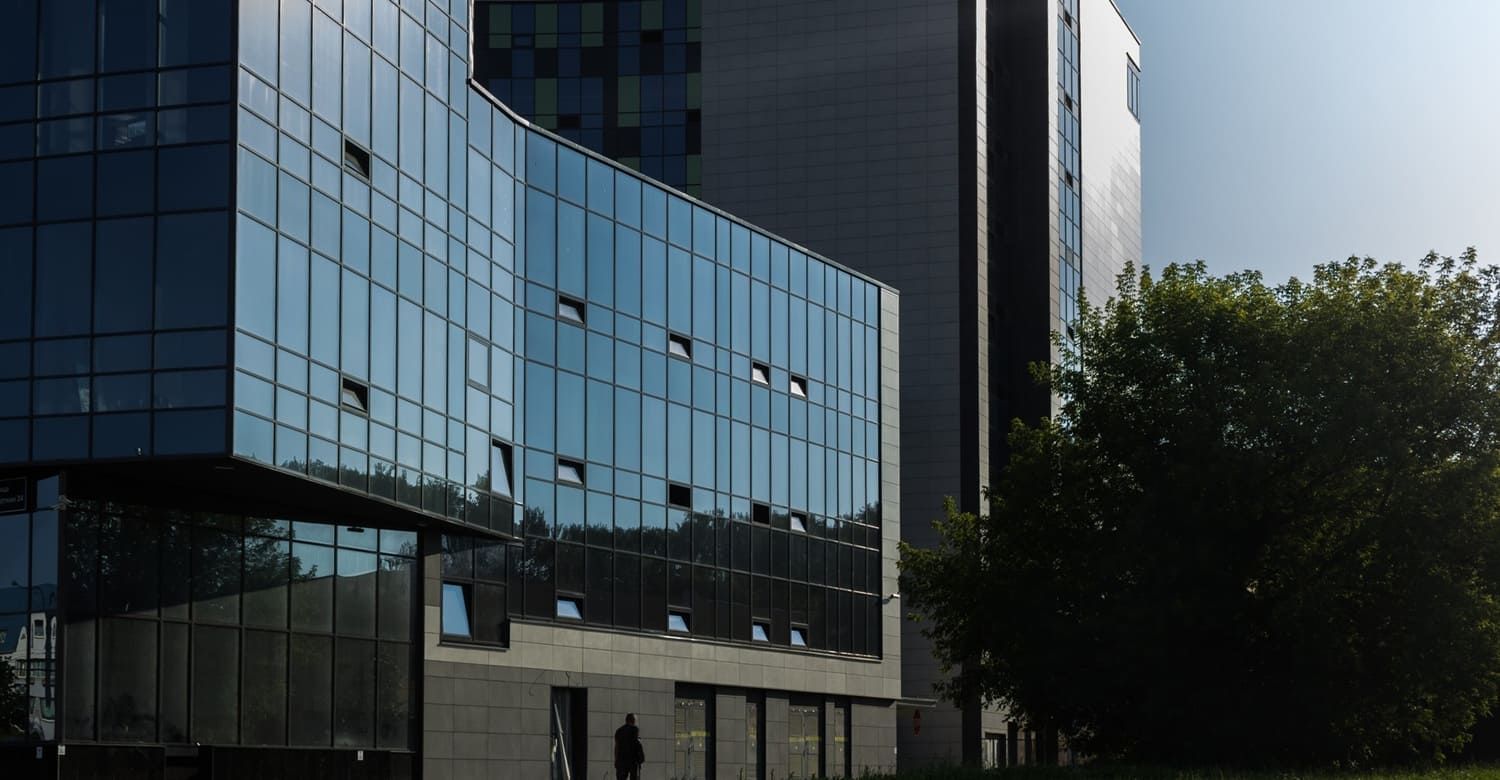What Is Car Ceramic Coating? Must-Know Benefits You're Missing Out On
What is car ceramic coating? Find what it is and the benefits you're missing out on in our essential guide to auto body protection.
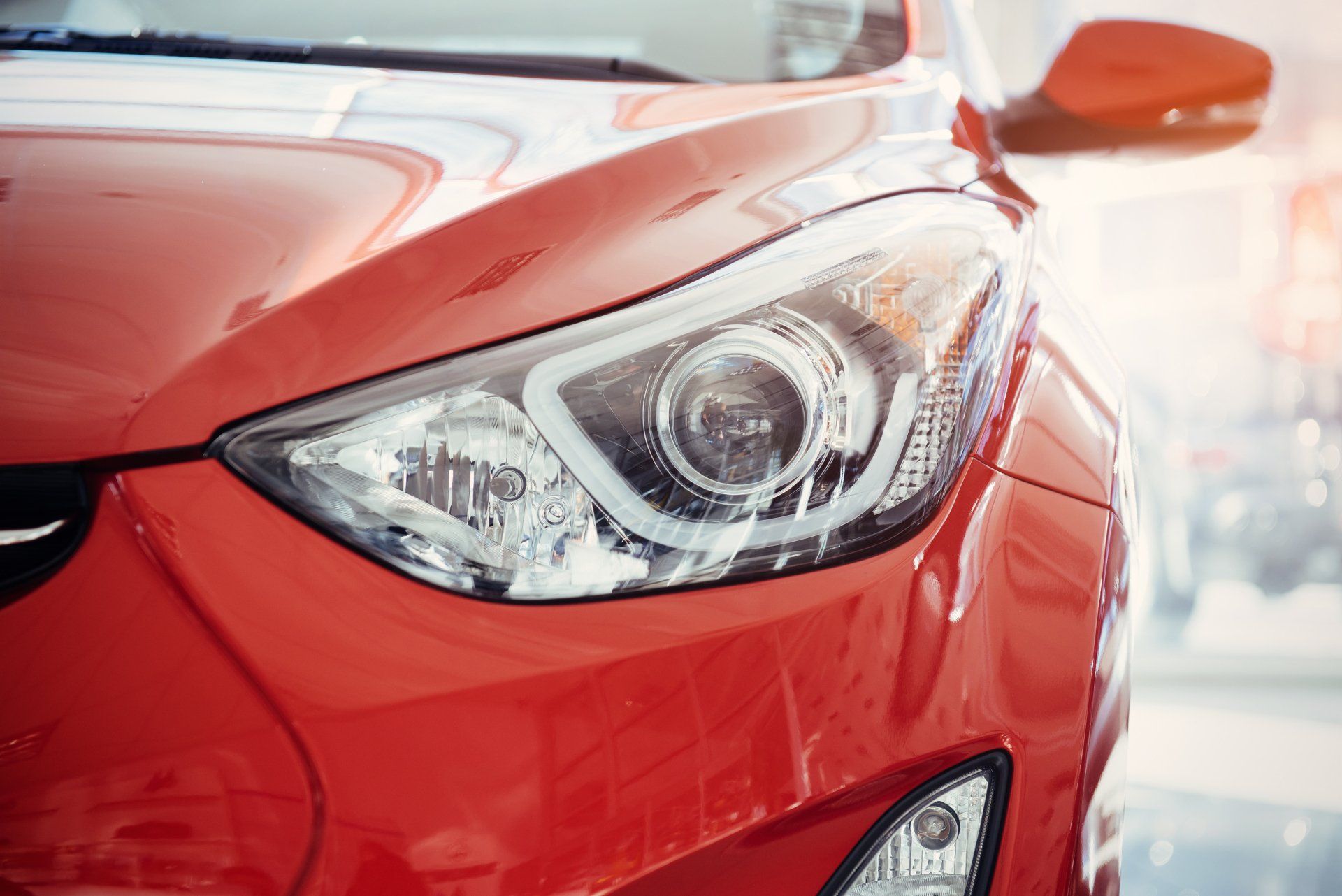
Paint protection film was first developed during the Vietnam War to protect helicopter blades during transit. The blades were often damaged by flying debris, which led the military to ask 3M to find a lightweight, protective solution.
By the 1990s, manufacturers and auto shops began applying the film to cars and trucks, too. In the early 2000s, a nanoceramic technology was released to further protect the paint on cars and other vehicles.
Car ceramic coating adds even more protection to your vehicle. Plus, it boosts your car's resale value.
Are you thinking of better protecting your ride? Keep reading to learn about car paint ceramic coating and why it's beneficial for all different vehicles.
What Is Ceramic Coating for Cars?
Paint protection film, which came first, is a thermoplastic urethane. It's a film applied to painted surfaces of new or used vehicles to protect the paint from minor abrasions, harmful UV rays, bug splatters, and stone chips.
The same film is used on RVs, trucks, cell phones, airplanes, electronics, motorcycles, and screens.
While paint protection is a film, the ceramic coating is a liquid polymer. It gets applied by hand, and then it chemically bonds with the car's factory paint, creating an added layer of protection.
Ceramic coating isn't a substitute for PPF (paint protection film). It's different in that it doesn't wash away or break down as quickly over time. It doesn't require follow-up applications, either. Ceramic car paint forms a semi-permanent or permanent bond with the vehicle's paint.
What Does the Best Ceramic Coat Car Paint Protection Do?
Ceramic coatings add additional protection and value to vehicles. A ceramic coat can help your car stay looking new with little need for maintenance. It'll make your vehicle easier to clean and more resilient to the forces of nature.
Let's take a look at some of the benefits of the best ceramic coating for cars.
Easier to Clean
One of the best things about opting to go with a ceramic coating over a film is that it's hydrophobic. That means that mud and other grime won't easily bond to your car's paint, and water will bead and slide off.
Contaminants are much easier to move, and you don't have to clean or wax your car nearly as much.
Ceramic coating helps your car maintain that clean and glossy look.
Protection Against UV Rays and Oxidation
It's common for the transparent coat layer over a vehicle's paint to become damaged by the sun, especially if it's not protected. Plus, repairing faded paint is costly and difficult.
The ceramic coating prevents UV damage from the sun because it stops them from penetrating your car's original paint. The initial cost is worth the trade as it'll protect your vehicle against Tennessee sun damage for years.
Protection From Light Scratches
Ceramic coating creates a hard, thick, layer that bonds to the original paint of your car. It provides a tough surface, so it's more resistant to abrasion.
It protects against swirl marks and light scratches. Of course, not all scratches or nicks can be prevented, but ceramic car paint helps to resist most of them.
Protection From Chemical Stains
In addition to scratches and swirls, car paint is susceptible to damage from the environment's acidic contaminants, like bug splatters and bird droppings.
Because ceramic car paint creates a chemically-resistant surface, it helps to deter many contaminants from bonding to your car's paint. As long as you remove any impurities promptly, your vehicle should remain resistant to etching and staining.
Lasts a Long Time
Wax and sealants are another excellent way to protect your vehicle. However, they only keep your paint protected for about 6 months. Ceramic car coatings, on the other hand, can last for years if they're correctly maintained.
This is one of the main reasons why people opt to pay more for a ceramic coating because the benefits last significantly longer.
Cons of Ceramic Coating
As with any protective paint film or coating, nothing lasts forever. Depending on the product, how it's installed, and how it's maintained, the ceramic coating can last upwards of a decade. However, eventually, you'll likely need another coat.
To make it last longer, you can opt to get a top-sealant every year.
Ceramic coating does not make your vehicle completely resistant against scratches, especially deep ones. Also, while some people argue that ceramic coating means you no longer have to wash your car, you'll still have to wash it from time to time. The frequency will be much less, though.
Some people consider ceramic coating car cost as a negative. It can cost anywhere from $500 to upwards of $2,000, depending on the quality of the coating and the required labor. However, the long-lasting benefits far outweigh the initial cost.
Pros of Ceramic Coating
Ceramic coating is self-cleaning, which means your car's paint will stay glossy and fresh for much longer in between car washes.
Ceramic coating is anti-stick, too. Mud and dirt can't cling to it, and as long as you clean off any droppings or bug splats promptly, they won't negatively impact your car's paint.
Ceramic coating lasts significantly longer than films and waxes. It'll still give you that waxed look, though, so your car will stay looking new and shiny for years to come.
UV rays, stains, and oxidation won't be able to damage your car's paint. Ceramic coatings form a chemical bond with your car's original paint so that environmental damage isn't nearly as likely.
Protect Your Vehicle With Car Ceramic Coating
Car ceramic coating is the best way to protect your vehicle from UV rays, minor scratches, and debris. Plus, it'll keep your car looking shiny and new and inevitably boost the resale value of your car.
Don't wait until your car's original paint has been damaged, as fixing the original paint is costly and time-consuming.
Are you ready to better protect your car in Columbia, Tennessee? Contact Wells Paint Protection and Window Film today for a free estimate so that you can keep your car looking newer, longer.
